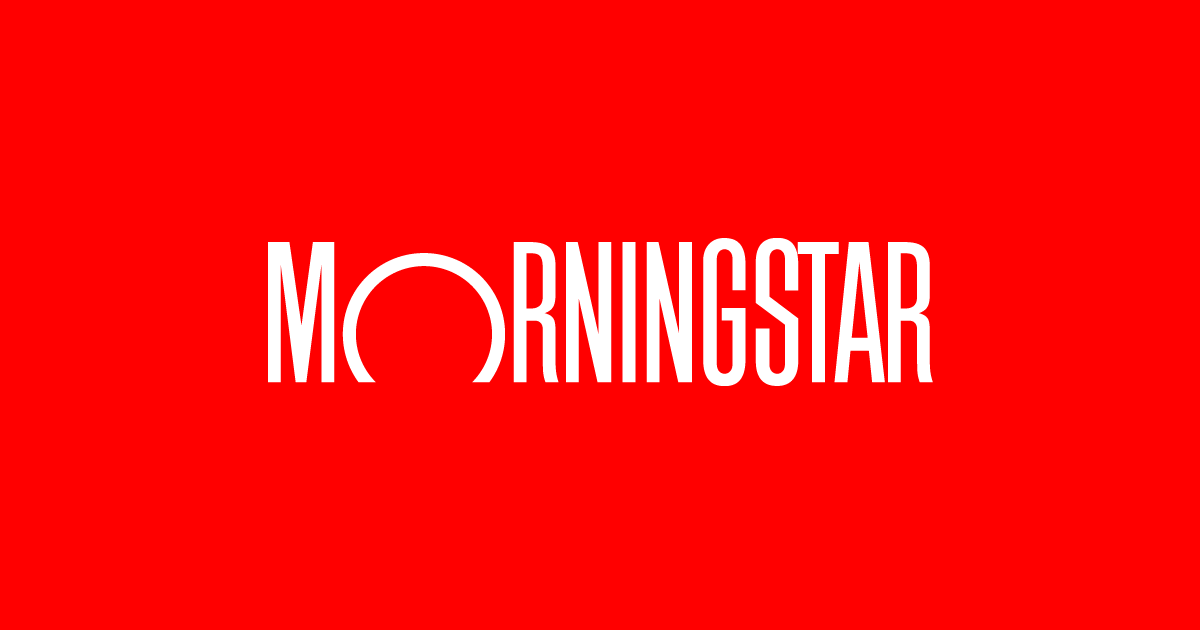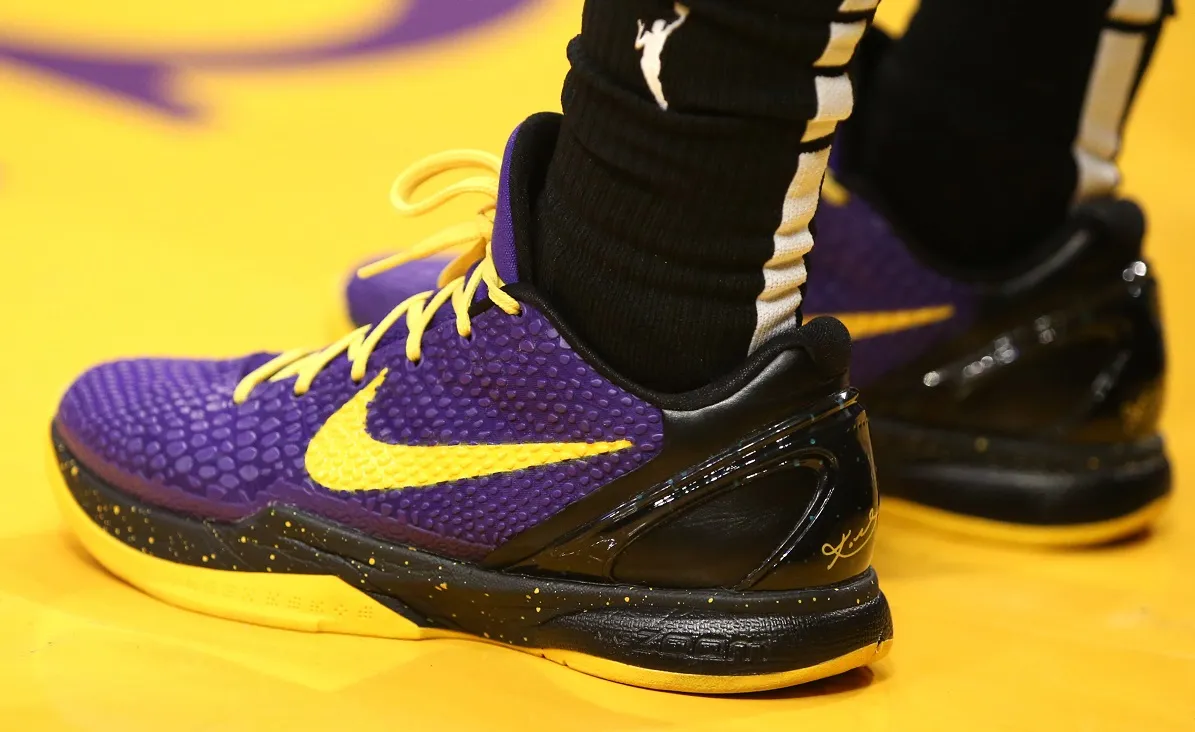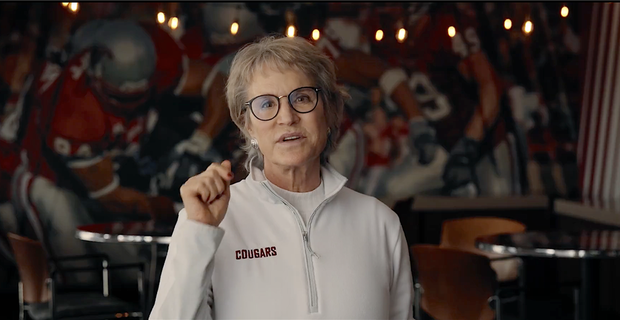By Weston Blasi
The Heisman Trophy award may not come with a cash prize, but these finalists have already scored millions through their name, image and likeness deals
Fernando Mendoza of the Indiana Hoosiers celebrates after defeating the Ohio State Buckeyes in the Big Ten Championship Game on Dec. 6.
It pays to be the Heisman.
The final voting for the 2025 Heisman Trophy will take place on Saturday, as the top players in college football compete for the game’s highest individual honor.
The Heisman Trophy, given to the most outstanding player in college football, doesn’t come with any cash prizes – just prestige. But while the Heisman finalists may not be paid for winning, they’re still among the highest earners in college sports when it comes to name, image and likeness (NIL) deals.
College athletes have been allowed to leverage their influence and make money from NIL deals since 2021, after decades of having to avoid any form of payment that could compromise their amateur status and NCAA eligibility. Now, many of the top student-athletes earn millions of dollars each year from NIL arrangements.
The four finalists for the Heisman this year are Fernando Mendoza, Diego Pavia, Julian Sayin and Jeremiyah Love.
Here’s at look at what the 2025 Heisman finalists are estimated to have made from NIL deals this year, according to On3’s deal tracker.
Fernando Mendoza, QB, $2.6 million
Fernando Mendoza of the Indiana Hoosiers runs the ball in a game against the Oregon Ducks.
Indiana University quarterback Fernando Mendoza was not a highly rated Heisman contender headed into the season – but Mendoza had a great 2025 campaign, leading Indiana to its first Big Ten conference title since 1967, a 13-0 record and the No. 1 seed in the College Football Playoff.
Mendoza won a separate Associated Press player of the year award, and is the betting favorite to win Heisman, according to DraftKings (DKNG) odds.
Mendoza has an NIL deal with sports-apparel giant Adidas (XE:ADS) (ADDYY).
“At the beginning of the year, I saw the list of the top 10 Heisman contenders, and evidently [my name] wasn’t there,” he said about the award.
But that didn’t discourage Mendoza. “I was like, ‘Wow, I want to make a goal for myself.’ I prayed about, like, if I could make it to the ceremony, how cool that would be,” he said. “Now that it’s come to fruition, I’m able to share that moment with people who appreciate it. It’s such a cool moment.”
Related: A $100 million NFL contract isn’t enough money to last a lifetime, says former football star Odell Beckham Jr.
Diego Pavia, QB, $2.5 million
Quarterback Diego Pavia on the Vanderbilt Commodores celebrates after defeating the Auburn Tigers.
Vanderbilt University quarterback Diego Pavia threw 27 touchdowns this season, leading his team to the eighth-best scoring offense in the country.
Pavia, who has the second-best odds to win the Heisman, behind Mendoza, is expected to declare for April’s NFL draft.
Pavia has NIL deals with AutoPro, Raising Cane’s and the NIL Store.
He also recently joked on “The Pivot Podcast” that he would donate his 2025 NIL money if one of the lower-ranked teams like Tulane or James Madison won the College Football Playoff this year.
Julian Sayin, QB, $2.5 million
Quarterback Julian Sayin of the Ohio State Buckeyes enters Ohio Stadium prior to a game against the Minnesota Golden Gophers.
Ohio State University quarterback Julian Saying led his team to yet another College Football Playoff bid this year, in addition to his Heisman-hopeful season. It’s the fifth time in the last eight years that an Ohio State signal-caller has been a Heisman finalist.
Sayin threw 31 touchdown passes this season, which was third in the nation. He has NIL deals with The Foundation (Ohio State’s collective), Panini and EA Sports (EA).
Related: Why Michigan’s Sherrone Moore probably won’t get paid the millions left on his contract – unlike other recently fired college football coaches
Jeremiyah Love, RB, $1.6 million
Jeremiyah Love of the Notre Dame Fighting Irish celebrates after a touchdown.
University of Notre Dame running back Jeremiyah Love is the only non-quarterback among this year’s Hesiman finalists.
Love was fourth in the nation with 1,372 rushing yards, and led Notre Dame to a 10-2 record. Unfortunately for the Fighting Irish, they narrowly missed out on the College Football Playoff.
Love has NIL deals with Samsung (KR:005930), Celsius (CELH) and New Balance.
The 2025 Heisman winner will be announced at 7 p.m. Eastern time on Saturday, Dec. 13, on ABC.
From the archives: The number of millionaire college athletes has tripled
-Weston Blasi
This content was created by MarketWatch, which is operated by Dow Jones & Co. MarketWatch is published independently from Dow Jones Newswires and The Wall Street Journal.
(END) Dow Jones Newswires
12-13-25 1439ET
Copyright (c) 2025 Dow Jones & Company, Inc.

























































